Australia’s Capacity Investment Scheme (CIS) will be expanded to support 40 GW of new solar, wind and dispatchable capacity as the federal government works to meet its target of 82% renewables by 2030.
Federal Energy Minister Chris Bowen is to announce that the CIS, which provides a guaranteed revenue floor for renewable generation and storage projects, will be increased by 25%.
The original design of the CIS called for 23 GW of new solar and wind capacity and 9 GW of dispatchable capacity, including battery energy storage. The expansion will support an additional 3 GW of new generation – enough to power more than one million households – and 5 GW of dispatchable capacity or storage – equivalent to supplying 4.6 million households with energy at peak times.
In a speech to the Investor Group on Climate Change on Tuesday, Bowen will say the expansion will increase the overall target of the scheme from 32 GW to 40 GW of new variable renewable energy capacity.
“Our energy grid’s transition remains urgent. As our ageing coal-fired power stations only become more expensive and more unreliable, we need new generation now,” Bowen said.
“It remains the case that to rebuild Australia’s energy grid into the modern, reliable and fairer system, we need to get renewables and storage online, faster.”
Bowen had already moved to accelerate the CIS program, announcing earlier this month that the tender process would be streamlined, helping to reduce the tender duration from approximately nine to six months, and that four new tenders for solar, wind and storage will be opened before the end of 2025.
The government has completed two pilot tenders and two regular tenders. An additional two tenders are underway, with results due in September and October.
Bowen said the CIS initiative has proven a hit with renewables developers since it was launched in 2023, with each of the six initial tenders “consistently and massively oversubscribed.”
The most recent tender for dispatchable capacity, seeking 16 GWh of dispatchable capacity for the National Electricity Market (NEM), attracted 135 GWh of bids. The latest tender, seeking 6 GW of generation, has attracted more than 25 GW of capacity.
“Now around halfway through the CIS, and with the cost of deploying solar and batteries declining faster than expected, we have an opportunity to supercharge our transition,” Bowen said.
The announcement comes after the CSIRO and the Australian Energy Market Operator released the final version of the 2024/25 GenCost report which confirms that integrated solar and wind remain the cheapest new-build electricity generation technologies.
This content is protected by copyright and may not be reused. If you want to cooperate with us and would like to reuse some of our content, please contact: editors@pv-magazine.com.

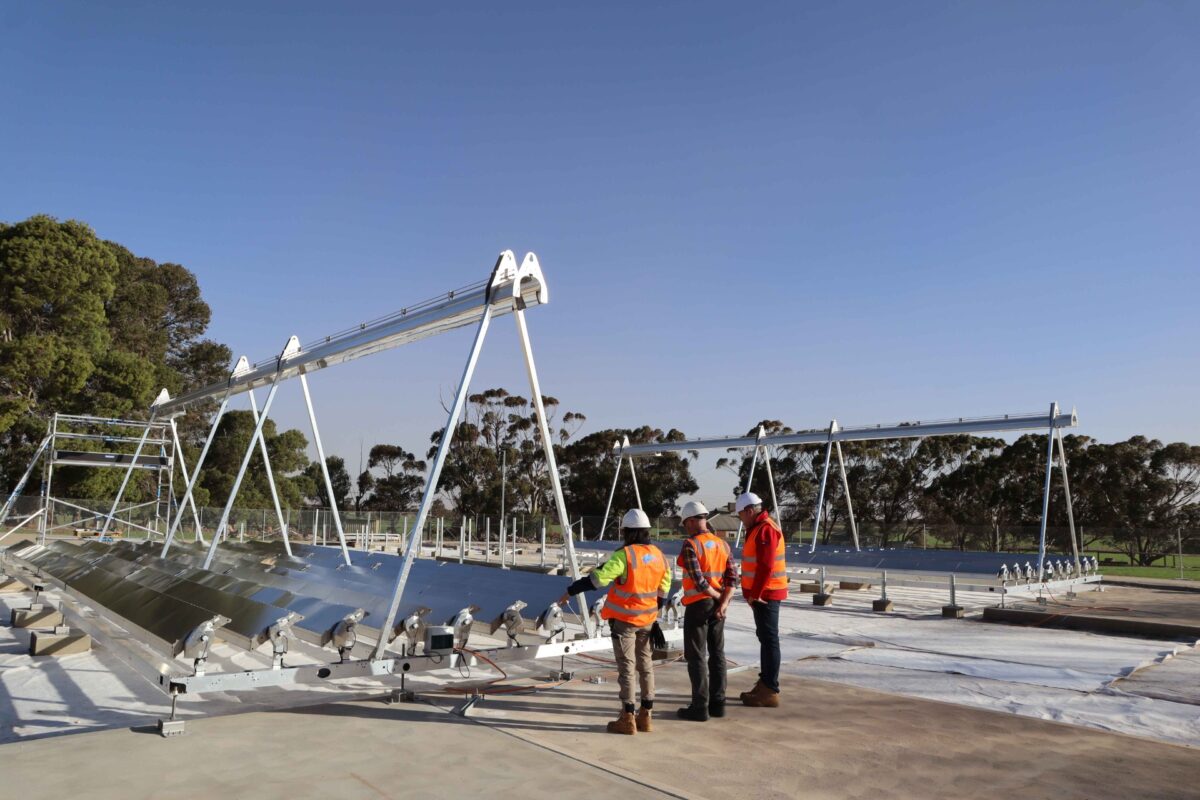


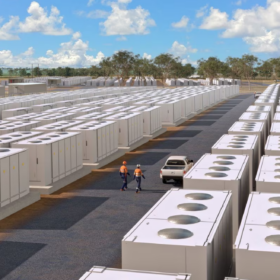
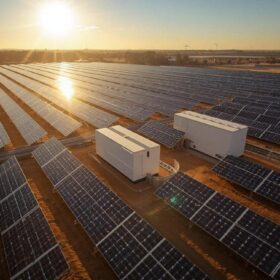
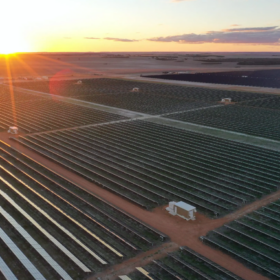
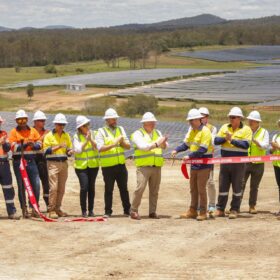

2 comments
By submitting this form you agree to pv magazine using your data for the purposes of publishing your comment.
Your personal data will only be disclosed or otherwise transmitted to third parties for the purposes of spam filtering or if this is necessary for technical maintenance of the website. Any other transfer to third parties will not take place unless this is justified on the basis of applicable data protection regulations or if pv magazine is legally obliged to do so.
You may revoke this consent at any time with effect for the future, in which case your personal data will be deleted immediately. Otherwise, your data will be deleted if pv magazine has processed your request or the purpose of data storage is fulfilled.
Further information on data privacy can be found in our Data Protection Policy.